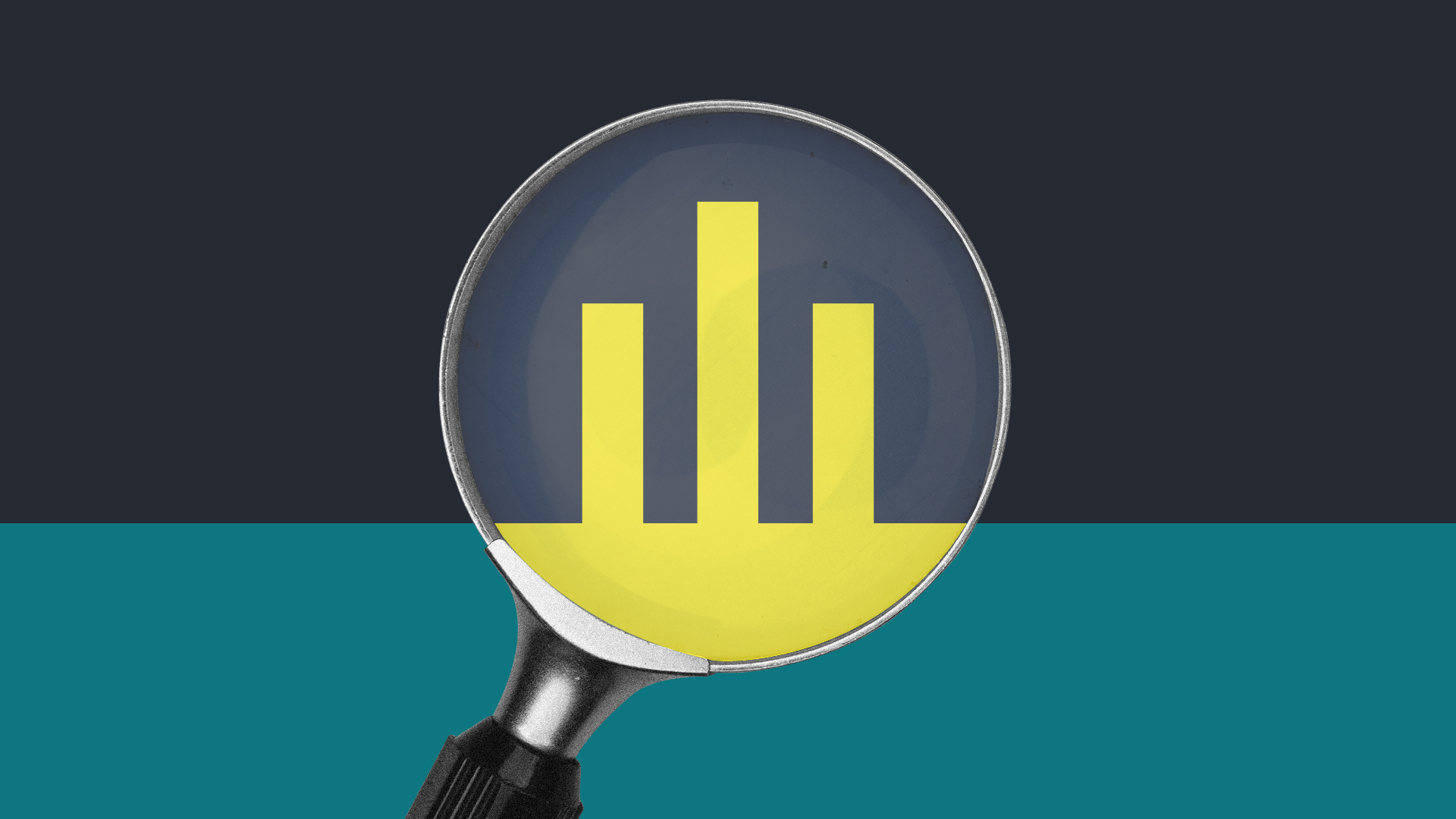AI start-ups generate money faster than past hyped tech companies

Artificial intelligence start-ups are making revenues more quickly than previous waves of software companies, according to new data that suggests that the transformative technology is also generating strong businesses at an unprecedented rate.
According to an analysis of payments information from fintech group Stripe, top AI groups are reaching millions of dollars in sales within a year — far faster in a start-up’s life cycle than comparable non-AI tech groups.
The findings come as investors raise questions about the economic benefits of generative AI and likely returns on Big Tech’s projected trillion-dollar investment in computing infrastructure to support the technology over the coming year.
However, the data indicates that young AI companies have more momentum than other highly-hyped tech start-ups from past eras, particularly in the “software-as-a-service” category.
Stripe, itself a $65bn Silicon Valley juggernaut, pulled data on annualised revenues for the 100 highest-grossing privately held AI companies using their payments platform as of July 31 2024, compared with a comparable cohort of promising SaaS start-ups as of July 2018.
Stripe’s customers include OpenAI, Anthropic, Mistral, GitHub and Midjourney, among many other of the most high-profile AI groups.
The AI start-ups in the cohort took a median 11 months to hit $1mn in annualised revenue after their first sales on Stripe, compared with 15 months for the previous generation of SaaS companies, the data showed.
AI start-ups that have scaled to more than $30mn in annualised revenue achieved the milestone in 20 months — five times faster than past SaaS companies.
However, a report by Goldman Sachs this month has raised concerns about the profitability of AI businesses given “the AI winners of today are no longer capital-light businesses”, referencing the significant costs required for computing infrastructure to run and train AI models.
The Stripe data reflects how AI start-ups — many of which are the latest incarnation of SaaS businesses — are adapting to these market dynamics by building experimental products that customers are willing to pay for.
ChatGPT, OpenAI’s AI chatbot which was launched in November 2022, became the fastest-growing consumer application in history, when it hit 100mn users within two months of launch.
OpenAI created a subscription service for businesses to access ChatGPT that has helped its revenues to reach $3.6bn on an annualised basis, according to people with knowledge of the group’s finances. However, the company is also burning through well over $5bn a year as it invests in training new models.
“Unlike past generations of software companies, AI companies pay substantial compute costs straight out of the gate, so are under pressure to build monetisation faster,” said Emily Sands, head of information at Stripe.
The demand for generative AI — software that can generate text, code, images, audio and video, among other multimedia — is also global. According to the Stripe data, about 56 per cent of AI companies’ revenues came from overseas.
This demand has benefited AI image and audio-generating groups such as London-based unicorn company ElevenLabs which makes AI voice software and German AI language translation venture DeepL.
“In countries including Singapore [and] Iceland, we see more than 3 per cent of the population actually purchasing from these top 100 AI companies,” said Sands. “It’s a really globally scaled phenomenon.”
Stripe itself is currently training AI models on its voluminous data, which includes more than $1tn a year across billions of transactions and millions of companies, in order to build more personalised checkout and payment processes.
The speed of monetisation is a reflection of start-ups’ ability to put out new products and features built on top of rapidly-changing AI models from the likes of OpenAI, Anthropic, Google and Meta, which form the foundation of applications including transcription and coding assistants.
Byron Deeter, a partner at Bessemer Ventures, which invests in SaaS companies, said the problem with bigger software companies was their older tech architectures and inherent slow-moving nature, while start-ups had a proposition to improve productivity quickly.
“We’re seeing lots of [AI] companies going from zero to tens of millions of dollars [in revenue] in a couple of years,” said Deeter.
Additional reporting by Richard Waters









Comments